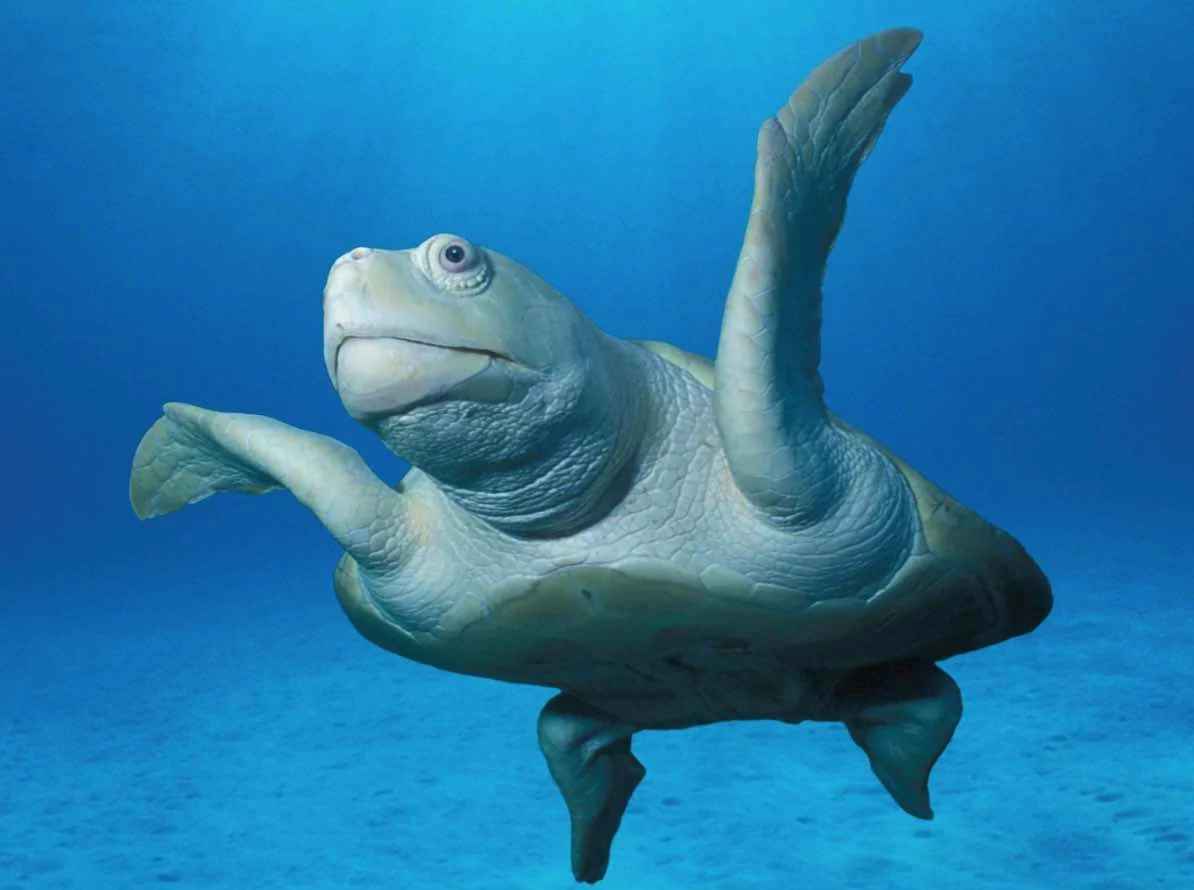Coastal gillnet fisheries are some of the most common fisheries throughout the world, and they play an important role in the food security, economics, and culture of coastal communities. Yet gillnet fisheries are often problematic because of their nonselective impact on the marine environment; they incidentally capture many nontarget species.
Read MoreThe very word innovation excites some people and simultaneously imparts fear of the unknown in others. Throughout history, innovators have constantly been met with resistance, but those who innovate ultimately achieve success far beyond the dreams of others, and they set the stage for worldwide changes. Innovation is the future, and without it our lives would not be what they are today. The same is true for sea turtle conservation.
Read MoreGreen turtles are among the most iconic species in the Hawaiian Islands, and they have been the subject of scientific study for more than four decades. Extensive research on the Hawaiian green turtle population has enabled us to observe changes in Hawaiian green turtle nesting distribution that may suggest the foundation of a new, distinct nesting population, thus offering a unique learning opportunity.
Read MoreBefore 2000, there had been only a single published account of sea turtle nesting in Peru. The prevailing notion was that Peru is too far south—too cold—for successful sea turtle nesting. Thanks to the efforts of ecOceanica, we now know that nesting seems to be on the rise along Peru’s coast.
Read MoreOn St. Catherines Island, Georgia (U.S.A.), three geologists involved in sea turtle conservation—have been documenting the deterioration of sea turtle nesting habitat caused by sea-level rise since 1998. The extreme shoreline changes on St. Catherines Island produce difficult conditions for nesting loggerhead sea turtles and challenge conservation efforts; however, these conditions also create an opportunity to develop, evaluate, and optimize conservation methods on this sentinel island.
Read MoreChange is nothing new to sea turtles. They have inhabited the Earth for many millions of years, persisting and evolving through the continuous changes in distribution of land and sea, climate, ocean currents, and sea level that have defined their world. First appearing in the fossil record 110 million years ago during the Early Cretaceous, sea turtles have shown remarkable resilience in adapting to environmental changes throughout their history.
Read MoreThe Ulithi Marine Turtle Program is a community conservation project based in Ulithi Atoll, located 115 miles northeast of Yap, Federated States of Micronesia. Green and hawksbill turtles forage and nest here, and play an important part of the local culture, revered by the Ulithian people and carefully managed to this day by tribal law and age-old tradition.
Read MoreA species being listed under the Endangered Species Act is like a patient being taken to a hospital emergency room. The patient has become so ill or has been so critically injured that immediate and serious action is necessary to ensure his or her survival. 6 species of sea turtle are listed under the ESA, which has many implications for their conservation.
Read MoreBaseline data on direct takes of turtles are vital for conservationists to measure their projects’ successes or failures and to help us avoid, or at least be aware of, shifting baselines, in which our perception of what is normal is influenced by what we have witnessed in our lifetimes. Having baseline data enables us to assess the impact of management strategies, conservation programs, or new policies and allows us to say with confidence: this is working, we are winning.
Read MoreA quick Web search for “sea turtle success stories” produces tens of thousands of results. But the query “Have we won?” has a more elusive response. For those engaging in sea turtle work, right off the mark things often get worse—sometimes much worse—before they get better.
Read More









